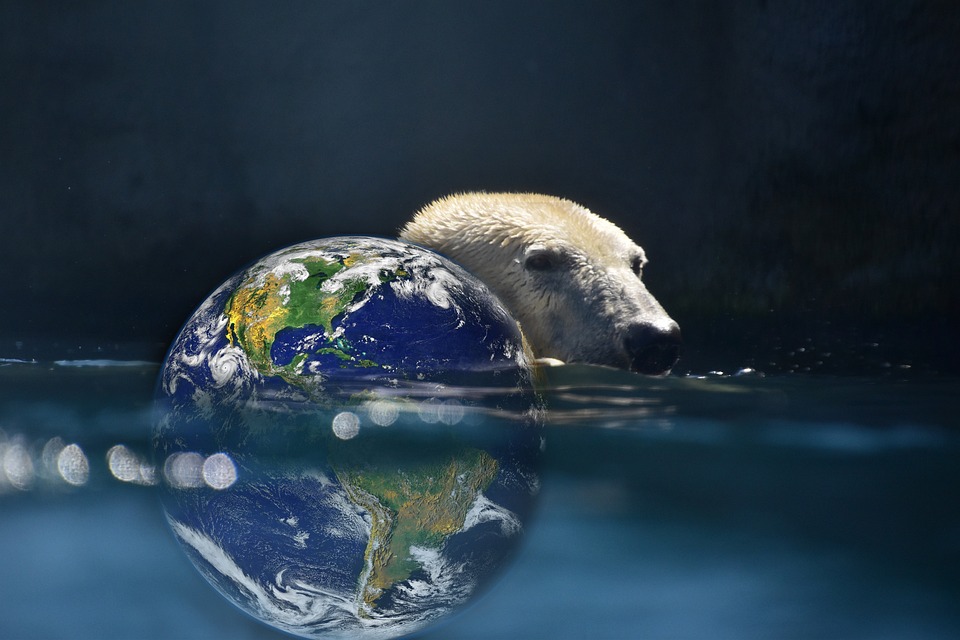Introduction
Global warming is a pressing issue that poses significant risks to our planet and all living beings. The Paris Agreement, signed in 2015, aims to limit global warming to well below 2°C above pre-industrial levels, with a stretch goal of limiting it to 1.5°C. This article explores whether it is possible to achieve this ambitious target.
The Urgency of Limiting Global Warming
Human activities, particularly the burning of fossil fuels, have led to a rapid increase in greenhouse gas emissions. These emissions trap heat in the Earth’s atmosphere, causing the planet to warm up. The consequences of global warming include rising sea levels, extreme weather events, biodiversity loss, and disruptions to ecosystems.
The Impacts of Global Warming
Limiting global warming to 1.5°C compared to 2°C can make a significant difference in minimizing the impacts. A half-degree increase may seem insignificant, but it can have profound consequences. For example, coral reefs, vital for marine ecosystems, are projected to decline by 70-90% at 1.5°C warming, but by more than 99% if warming reaches 2°C.
The Path to 1.5°C
Limiting global warming to 1.5°C requires substantial and rapid reductions in greenhouse gas emissions. This necessitates transitioning to cleaner and renewable sources of energy, such as solar and wind power, while phasing out coal and other fossil fuels. Additionally, improving energy efficiency, promoting sustainable transportation, and implementing nature-based solutions are crucial steps.
Challenges and Solutions
There are numerous challenges to achieving the 1.5°C target. The scale of action required is immense, and it demands international cooperation, policy changes, and technological advancements. Additionally, there are economic considerations, as some industries heavily rely on fossil fuels. However, solutions exist, such as investing in green technologies, incentivizing sustainable practices, and implementing effective carbon pricing mechanisms.
Role of Individuals
While governments and organizations play a vital role in addressing global warming, individuals can also contribute to the cause. Making sustainable choices in our daily lives, reducing energy consumption, supporting renewable energy sources, and advocating for climate-conscious policies are impactful ways to support the goal of limiting global warming to 1.5°C.
The Time for Action is Now
Delaying action on climate change will make it increasingly difficult to achieve the 1.5°C target. The longer we wait, the more severe the consequences become. Urgent and ambitious action is required at all levels, from individuals to governments and international bodies. Only through collective efforts can we hope to limit global warming to 1.5°C and safeguard the future of our planet.
Conclusion
Limiting global warming to 1.5°C is a challenging but necessary goal to mitigate the impacts of climate change. It requires a comprehensive and coordinated effort from all sectors of society. By embracing sustainable practices, investing in renewable energy, and adopting climate-friendly policies, we can strive to create a safer and more sustainable future for ourselves and future generations.

Kyle Whyte is a notable scholar and professor at the University of Michigan, holding positions such as the George Willis Pack Professor in the School for Environment and Sustainability and Professor of Philosophy. Specializing in environmental justice, his work critically examines climate policy and Indigenous peoples’ ethics, emphasizing the nexus between cooperative scientific endeavors and Indigenous justice. As an enrolled Citizen Potawatomi Nation member, he brings a vital perspective to his roles as a U.S. Science Envoy and member of the White House Environmental Justice Advisory Council. His influential research is supported by various prestigious organizations including the National Science Foundation, and disseminated through publications in high-impact journals. Kyle actively contributes to global Indigenous research methodologies and education, with affiliations to numerous institutes and societies dedicated to traditional knowledge and sustainability. Recognized for his academic and community engagement, Kyle has earned multiple awards and served in various visiting professorships. His efforts extend to leadership positions on boards and committees focused on environmental justice nationwide.
